How and with what to feed tomatoes?
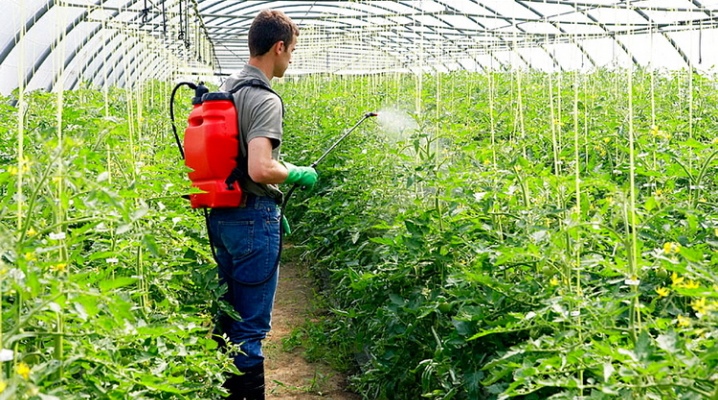
Tomatoes are one of the main vegetable crops that everyone grows in their beds and gardens. And all because it is not only widely used in cooking, but also has a large amount of vitamins and minerals that are very useful for the body.
An experienced vegetable grower knows that in order to get a good harvest, healthy, juicy and fleshy tomatoes, they need to be properly looked after, watered and fertilized. It is about how and what to feed tomatoes that will be discussed in this article.
Fertilizer overview
A good harvest of excellent commercial quality is the main goal of every gardener. This goal can be quite attainable provided the tomatoes are fertilized in a timely and balanced manner.
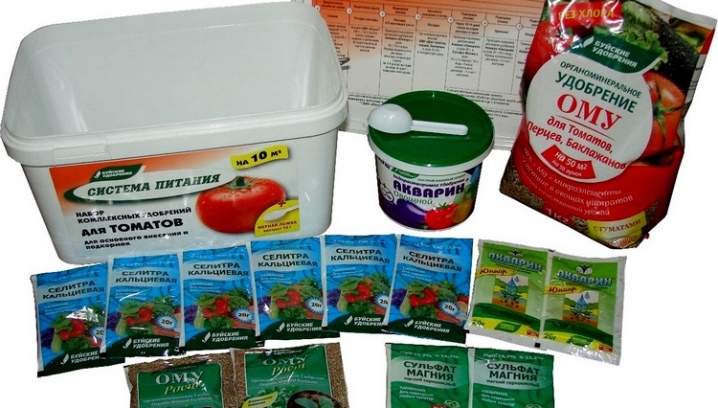
Correct and timely feeding of tomatoes contributes to:
- active growth of tomatoes;
- good yield;
- plant resistance to pests and diseases.
Currently, there are many different types of fertilizers, both natural and chemical origin. Absolutely their entire assortment can be divided into two large groups: mineral and organic.
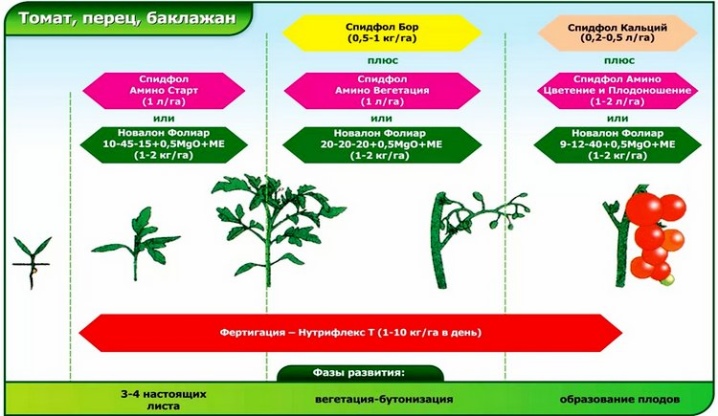
Also, do not forget about the folk methods that can be used in the process of feeding tomatoes. Let's discuss each of the options in more detail.
Organic
Organic fertilizers are substances of natural origin. They are considered very useful and effective as they do not contain any chemicals.
For feeding tomatoes, you can choose among organic fertilizers.
- Cow or horse manure - it can be applied to the soil only after composting.
- Siderat in the form of herbal infusion - the main component is the green part of the nettle. The greens of the plant are cut and infused in water for 2 weeks.
- Peat - a universal fertilizer that not only nourishes the soil and saturates tomatoes with useful substances, but also helps to retain moisture in the soil.
- Ash - rich in potassium and phosphorus. Ash obtained by burning straw, twigs or charcoal is best suited for tomatoes. It contains many minerals and micronutrients.
- There is organic fertilizersthat are sold in specialized stores. Experts recommend buying Vermix biohumus, Piksa supercompost and other types.
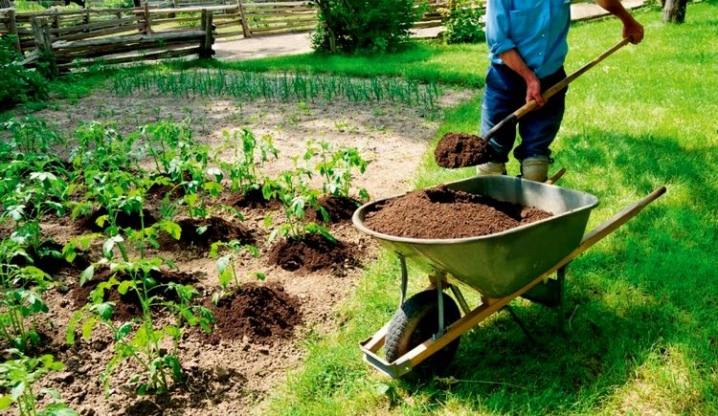
Mineral
What are mineral fertilizers? These are specially designed and created substances based on combinations of chemical elements. For feeding tomatoes, three types of fertilizers are used.
- Phosphate. Tomatoes react to them very well. Sold in powder or granule form. Superphosphates are recommended to be applied to the soil immediately or in front of the sowing field.
- Nitrogen. This type of fertilizer includes the well-known ammonium nitrate - ammonium sulfate, urea. These fertilizers acidify the soil, therefore experts recommend liming the soil after their application.
- Potash... Their assortment is quite diverse, but not all of them are suitable for feeding tomatoes. Experienced agronomists recommend fertilizing the soil under tomatoes with potassium sulfate or potassium sulfate. Potassium chloride and potassium salt is categorically not recommended to feed the vegetable. They contain a lot of chlorine in their composition, which can adversely affect the culture.

Mineral granular fertilizer is in the greatest demand. "Sudarushka". It contains no chlorine, it perfectly nourishes and saturates the soil. Used for root and foliar feeding. In addition to saturating the culture with nutritious and useful microelements this fertilizer is ideal for the prevention of various diseases.
Folk remedies
Very often, various folk remedies are used to feed tomatoes. Experts say that they have a good effect on growth and increase yields. Most often used.
- Iodine - feeding with iodine promotes fruit ripening, and prevents the appearance of diseases such as late blight.
- Yeast - used exclusively to accelerate plant growth. By themselves, they do not contain any nutrients.
- Bird (chicken) droppings - useful, but cunning enough. If a lot of it is introduced, then the root system of the plant may suffer. Chicken droppings are recommended to be introduced into the soil not in pure form, but mixed with straw or peat.
- Banana peel - saturates the vegetable with potassium and phosphorus - tomatoes will grow quickly, and their taste will be more expressive. Helps to deal with aphids, which often attack bushes.
- Eggshell - rich in potassium, fluorine, zinc and silicon. It is ideal for fertilizing tomatoes. Also, the shell helps to cope with pests, namely snails and slugs.
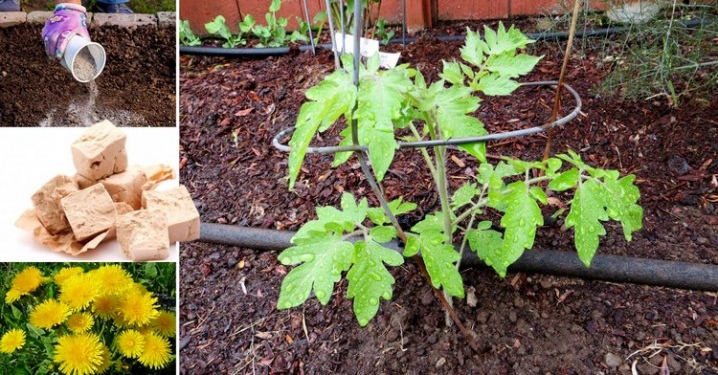
Absolutely all of the above methods of feeding tomatoes are efficient and effective. The most important thing is to carefully read the instructions if you have chosen minerals as fertilizer. It is necessary to comply with the rate and period of feeding. This also applies to folk remedies and organic fertilizers. Excessive dosage can negatively affect the plant.
When buying fertilizers give preference to well-known manufacturers that have been on the market for a long time... Carefully study the information on the original packaging, look at the expiration date of the fertilizers.
How to understand what tomatoes need?
Throughout the entire period of growing tomatoes, they need to be closely monitored. The plant itself can tell you exactly what additives it needs, what it lacks.
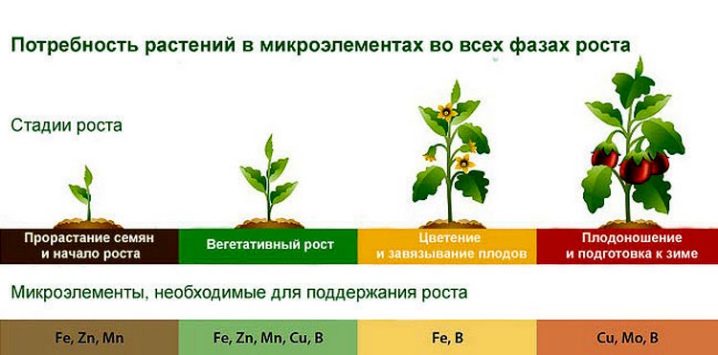
Tomatoes can suffer and develop poorly from micronutrient deficiencies. Let's look at the signs that tomatoes are deficient in certain nutrients.
Nitrogen
Lack of nitrogen in a plant affects growth and yield. The deficiency of this substance is most noticeable during the period of fetal formation. Shortage signs:
- the bush does not grow, does not bush;
- soft and thin stem;
- the bush blooms profusely;
- the fetus does not develop well;
- constant change of color of leaves (at first they are pale green, then pale yellow);
- completely pale leaves;
- the fruit is small, distorted.
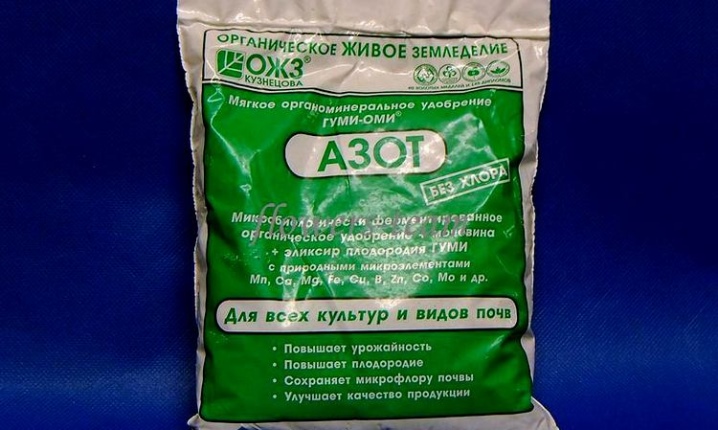
There can be several reasons for the lack of nitrogen. In most cases, this is damage to the root system, drought, lack of oxygen in the soil.
In this case, you need to apply fertilizers rich in nitrogen. It is best to resort to organic matter.
Phosphorus
This element is responsible for the correct development of the root system of the plant, the formation of flowering and growth. Signs of phosphate starvation:
- gray-green leaves;
- the top of the bush darkens and dies;
- purple or red veins;
- poor flowering;
- poor growth;
- tomatoes do not ripen.
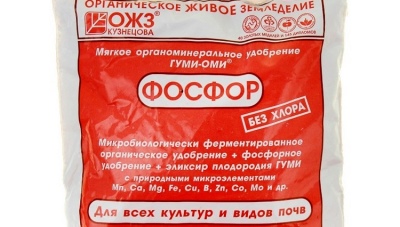
The reason for the lack of phosphorus in a plant may be a low temperature, not quite a suitable pH level in the soil. It is necessary to apply fertilizers rich in zinc and phosphorus for feeding.
Potassium
This element is responsible for the water exchange in the plant. Its deficiency can adversely affect the tomato, up to its complete drying, the death of the bush. If the tomatoes lack potassium, then the bush is characterized by:
- yellow leaves;
- poor ripeness of fruits;
- drying out of the fruit;
- weak stems that cannot hold the fruit.
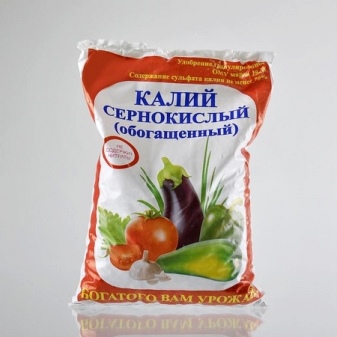

Tomatoes, which nevertheless managed to ripen even with a lack of potassium, do not store for a long time, and their flesh is white and completely tasteless.
If at least one of the above symptoms was noticed, the plant needs to be fed with potassium substances using comfrey. The substance dissolves in water and is used when watering the plant.
When and how to feed?
In addition to choosing the right fertilizer, it is very important to know when and how to fertilize tomatoes at home in order to grow faster and to have a good harvest. Experts and experienced farmers recommend everyone who has decided to seriously engage in growing tomatoes, strives to get a good harvest, draw up fertilizer application schedules, draw diagrams, and follow them.
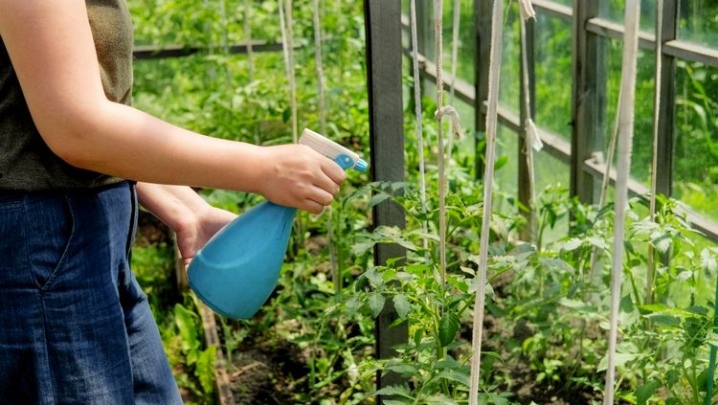
Plants in pots on the windowsill, in the open field, in a polycarbonate greenhouse should be fed in accordance with the rules.
Seedlings
To get a good result, you need to start taking care of tomatoes from the very beginning. Strong and healthy seedlings are the key to an excellent harvest. Stationary feeding scheme.
- Take care of the soil first... It must be fertilized with substances that are suitable for a young plant. This top dressing is considered the first and most important. But in no case use nitrogen fertilizers.
- The second stage of feeding should be carried out when the first two leaves appear on the stems. Fertilize with urea. It is necessary to prepare a solution - 10 liters of water and one tablespoon of the substance.
- The third stage of fertilization is admissible in a week, after the second... It is best to fertilize with a solution of nitrophoska - 1 liter of water and 1 tablespoon of the substance.
- Further, every 10 days, seedlings need to be fed with the same solution as before planting in open ground.
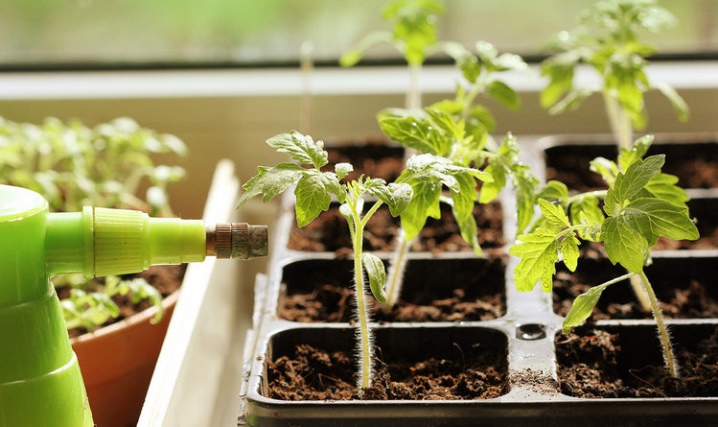
If you do everything correctly, according to the schedule, your seedlings will be perfectly prepared, acclimatize faster in the ground and will actively grow.
After landing in the ground
Before planting seedlings in open ground, it must first be saturated with nitrogen, potassium and phosphate substances.
After picking, the plant must be fertilized with organic substances. The plant's foliar system is not yet very strong, and organic additives will help it develop. This should be done not in the wound, than 2 weeks after disembarkation. This period must be waited so that the tomatoes get used to the new place, absorb those fertilizers that were applied earlier, before planting.
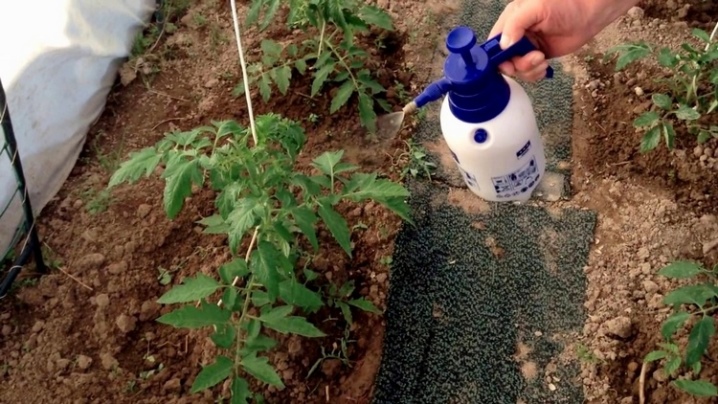
When the bushes begin to grow actively, you can fertilize with phosphate and nitrogen supplements. This stimulates their development, helps to gain green mass, and strengthens the root system.
During fruiting
After 2 months after planting, the bushes begin to bloom. Fertilization is also necessary during the flowering period. Potassium and phosphorus supplements are recommended - they stimulate fruit set.
During the period of fruit setting, the plant begins to need fertilizers saturated with nitrogen. Therefore, it is better to give preference to organic substances.
The time when fruits have already appeared on the bushes is very difficult for the plant. The bush spends a lot of trace elements and vitamins for ripening. The soil should be saturated with potassium, boron, iodine, manganese.

During the fruiting period, the plant needs to be fertilized 2-3 times. As fertilizers, experts recommend using:
- boric acid;
- iodine solution;
- saline solution;
- ash, mullein;
- potassium sulfate.
You can also feed the soil with minerals that help strengthen the plant and quickly fill the fruit.
For more information on how to feed tomato seedlings, see the video below.













Hello everyone, thanks for the info.
The comment was sent successfully.